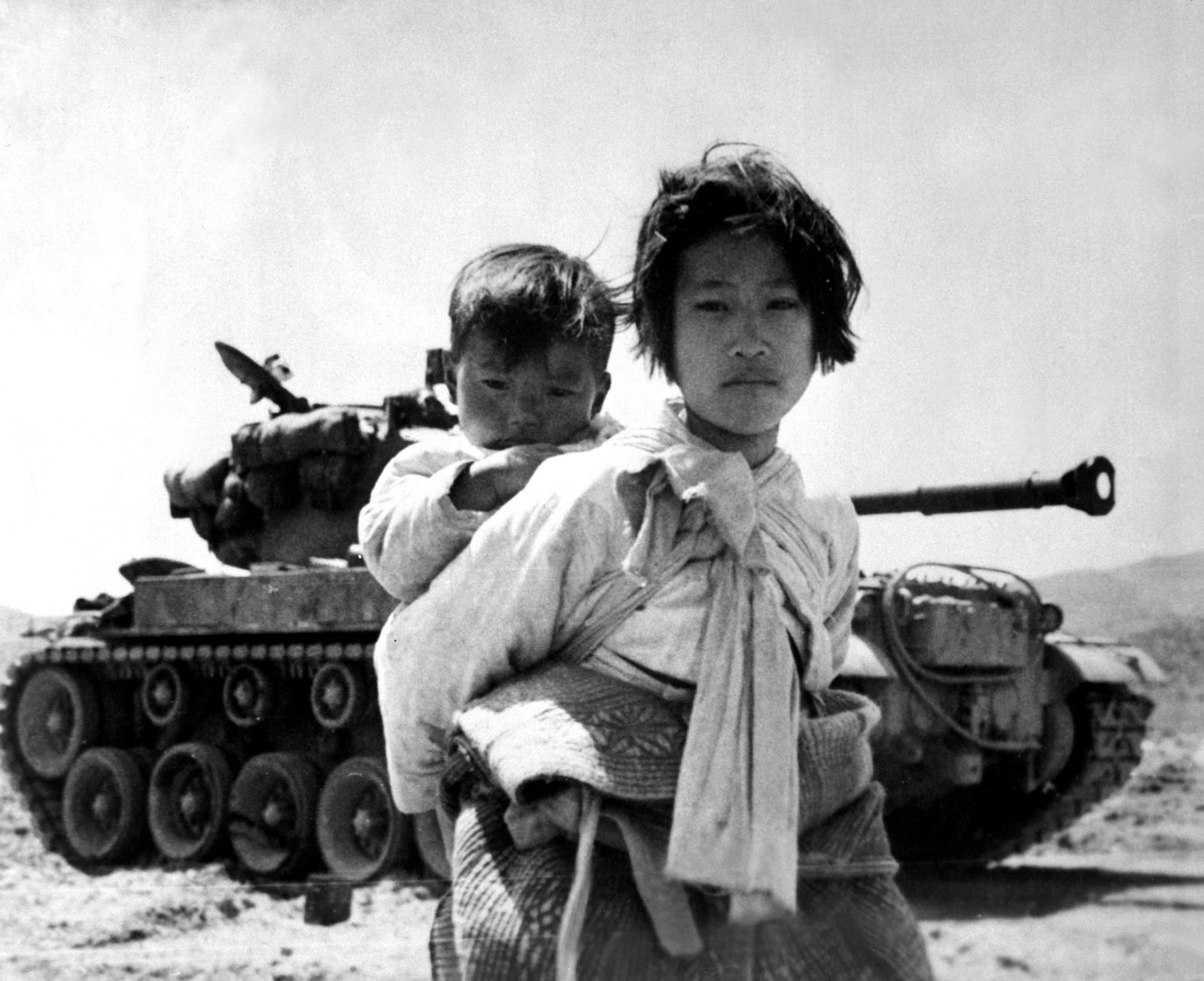70 years ago today, North Korean (Democratic People’s Republic of Korea) forces – supported by the Soviet Union and the People’s Republic of China – crossed the 38th Parallel and invaded the Republic of Korea (South Korea).
At the end of World War II, the Soviet Union and the United States liberated Korea from Japanese control and Korea was divided at the 38th parallel into two zones of occupation, the Soviets administered the northern half and the Americans administered the southern half.
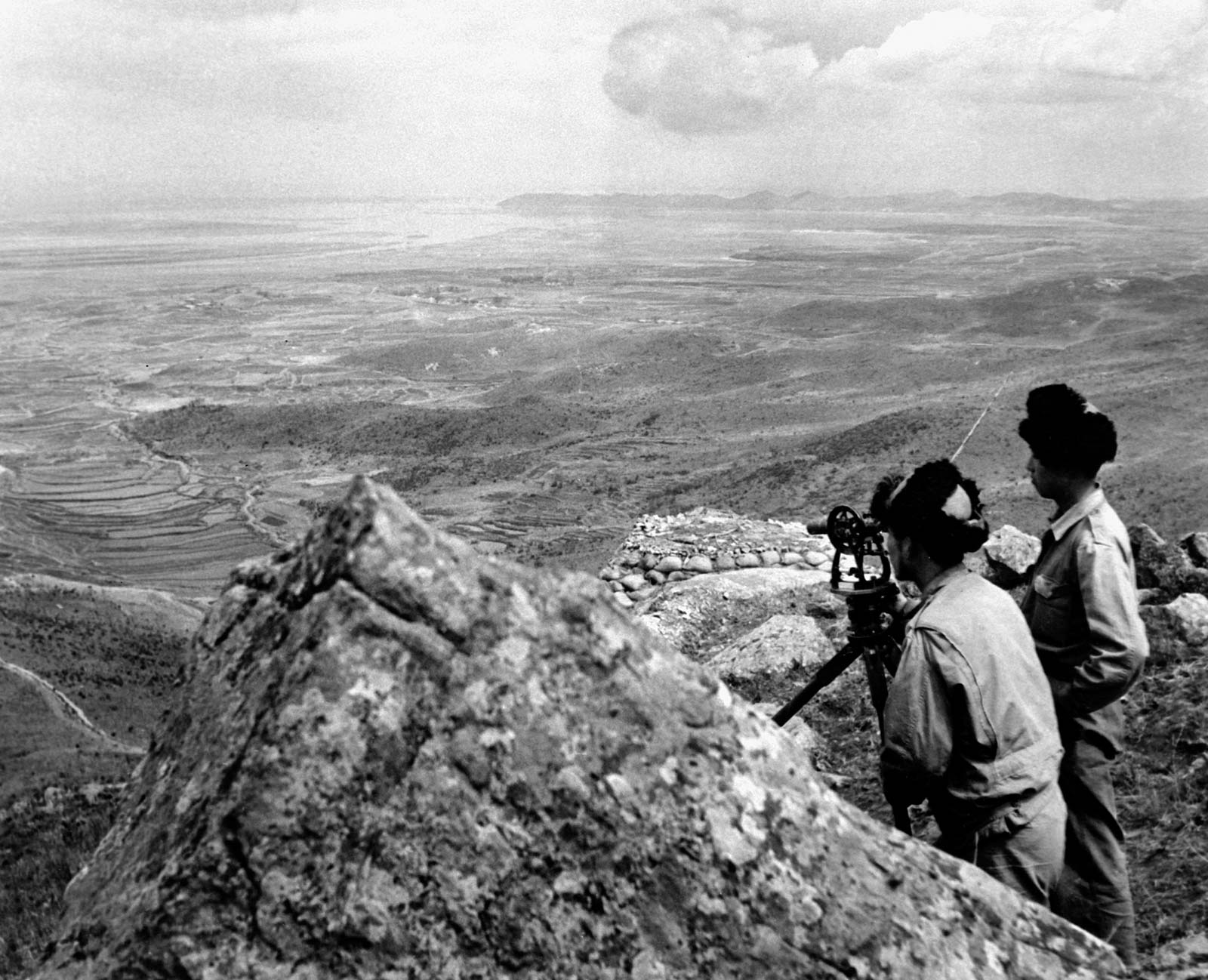
In 1948, two sovereign states were established as a result of geopolitical tensions between the Soviet Union and the United States. Both governments of the two new Korean states claimed to be the sole legitimate government of all of Korea, and neither accepted the border as permanent.
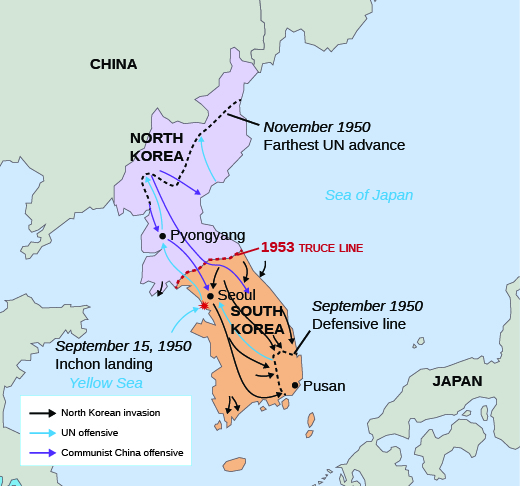
On the 25th of June 1950 the Cold War went hot on the Korean Peninsula when North Korea decided to try and forcibly unify the two countries under Communist rule. The US Army Center of Military History described what happened next:
“At 0400 on 25 June 1950, the Soviet equipped and trained North Korean People’s Army (NKPA) launched a coordinated combined arms invasion of the Republic of (South) Korea (ROK) that ran across the peninsula. The North Koreans assembled 7 infantry divisions, 1 armored brigade, 1 separate infantry regiment, 1 motorcycle regiment, and 1 Border Constabulary brigade, about 90,000 men supported by 150 Soviet T-34 tanks.
The assault began on the Ongjin Peninsula on the western end of the parallel, but concentrated half its forces on the Uijongbu Corridor that led directly south to Seoul. The comparatively lightly-armed ROK 1st, 2d, 7th, and Capital Divisions defended north of Seoul. The sudden attack and shock of enemy armor pushed South Korean forces back toward the capital. After abandoning vehicles, supplies, and heavy weapons, disorganized groups of ROK troops crossed the Han River. By the end of the month, the ROK could only account for 25,000 men from a total force that numbered 95,000 on 25 June.
Meanwhile, the United Nations (UN) Security Council met on 25 June and passed a resolution that called on North Korea to cease hostilities and withdraw to the 38th Parallel. President Truman authorized U.S. ships and aircraft to protect the evacuation of American military dependents and other civilians, and the use of air and naval forces to support the ROK below the 38th Parallel.
On 27 June the UN Security Council passed another resolution recommending UN member-nations assist South Korea in repelling the invasion. The Joint Chiefs issued a directive authorizing General of the Army Douglas MacArthur to assume operational control of all American military activities in Korea.”
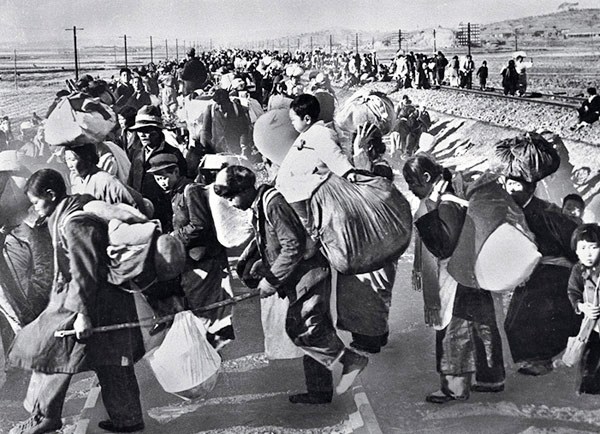
In September 1950, MacArthur led the UN forces’ amphibious counter-offensive at Inchon, South Korea. This cut off many North Korean troops in the south and led to the rapid collapse of the North Korean Army’s combat effectiveness. Pressing their advantage, UN forces invaded North Korea in October 1950 and moved rapidly towards the Yalu River—the border with China.
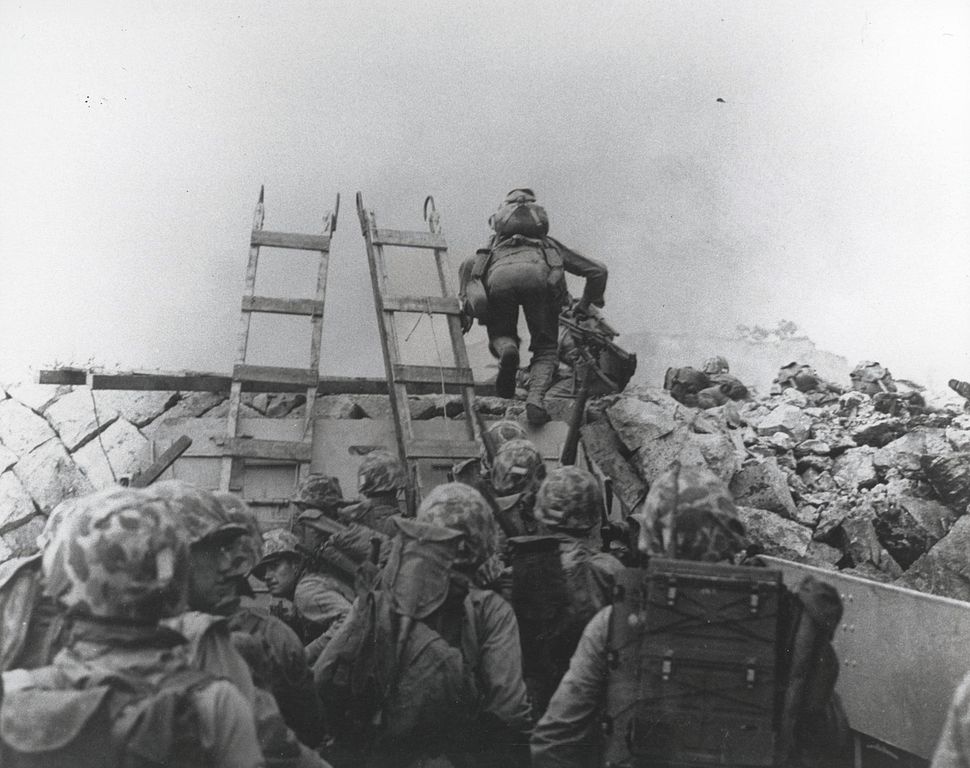
Things took a turn for the much worse however when, aided and abetted by the Soviet Union, the Chinese Army crossed the Yalu River on 19 October 1950 and entered the war in support of North Korea. Thanks to massive intelligence failures, the Chinese intervention caught the UN forces by surprise and the Chinese Army had pushed deep into South Korea by late December. Once the US, South Korean and UN forces were able to regroup, consolidate and counter-attack, the Communist forces were pushed back to near the 38th Parallel. For the next two years the war became a stalemate of attrition with neither side gaining a strategic battlefield advantage.
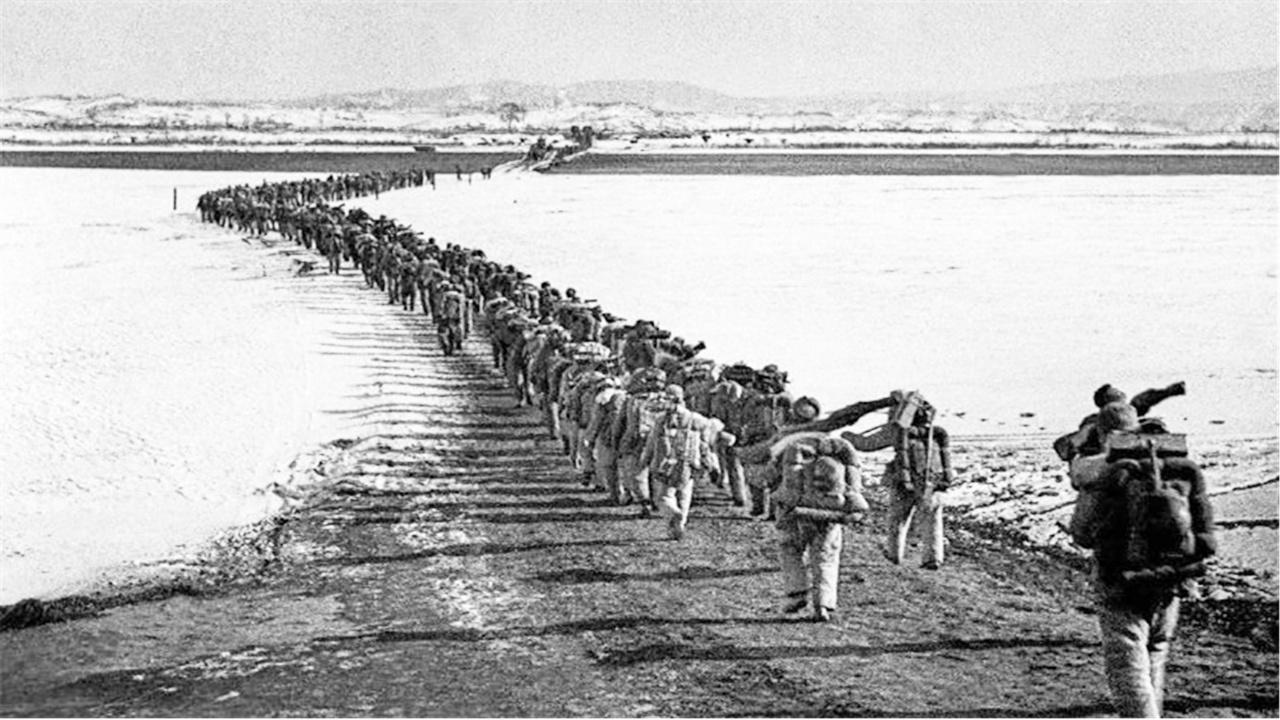
The fighting ended on 27 July 1953 when the Korean Armistice Agreement was signed and the Korean Demilitarized Zone (DMZ) was created between North and South Korea. The border was never recognized by either of the two Korea’s, no full peace treaty was ever signed, and the two Koreas are technically still at war.
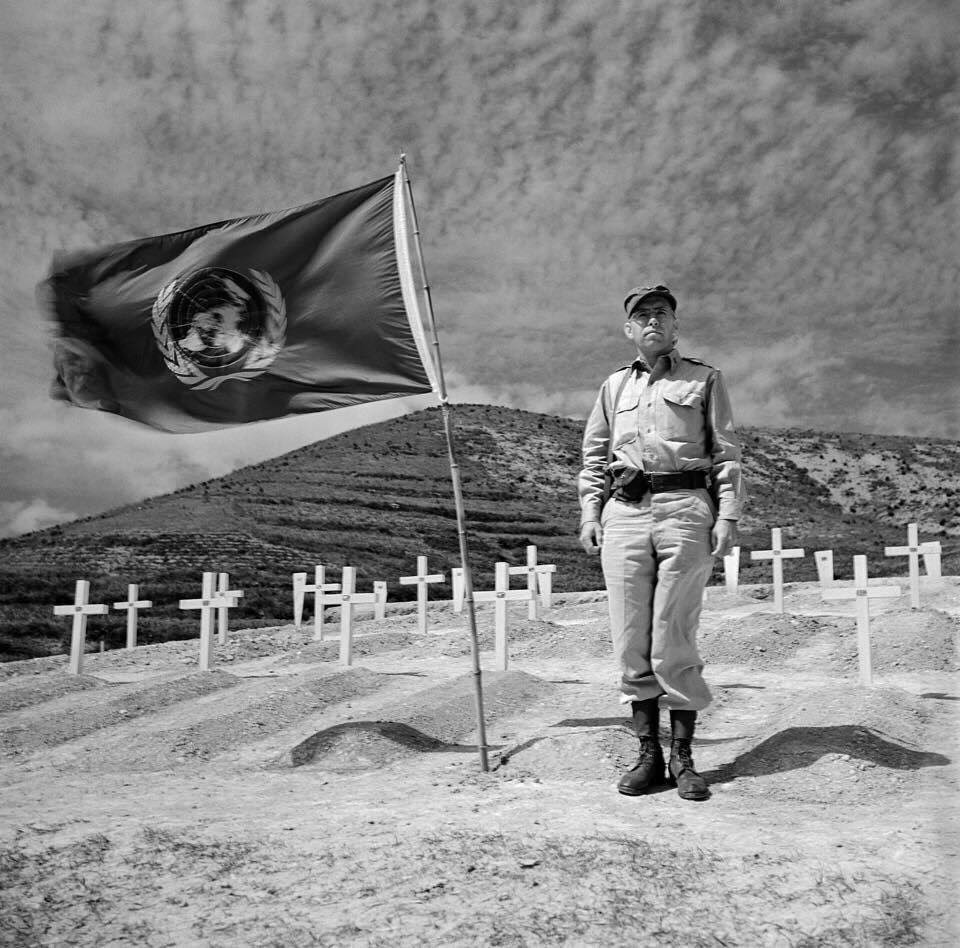
The Korean War was among the most destructive conflicts of the modern era, with approximately 3 million war fatalities and a larger proportional civilian death toll than World War II or the Vietnam War.
